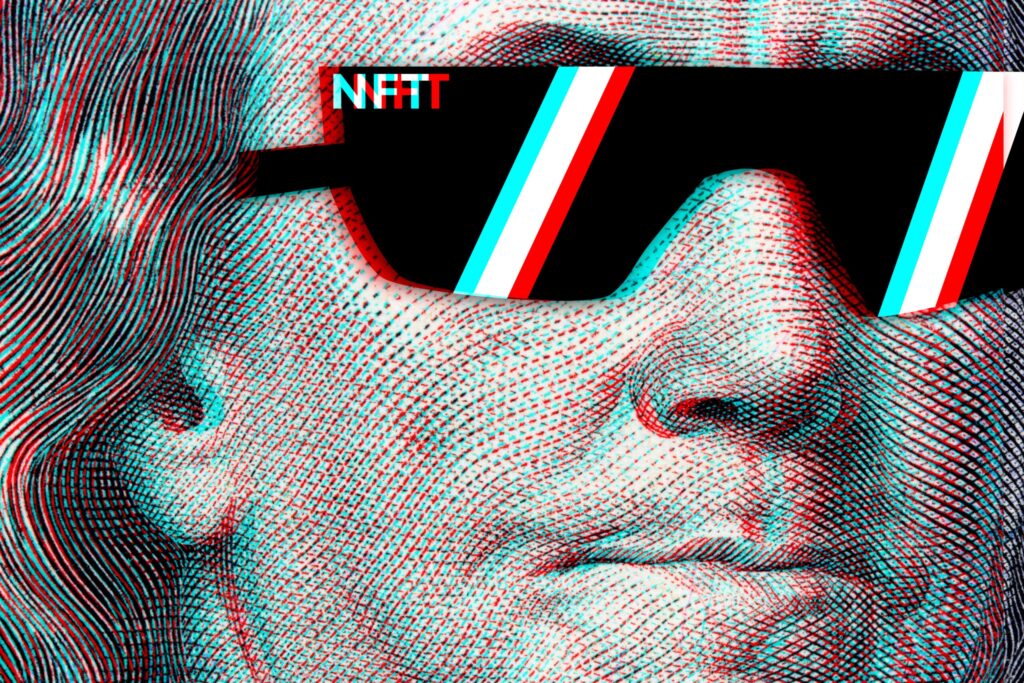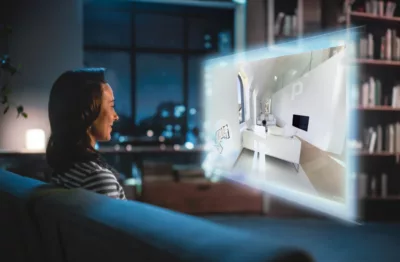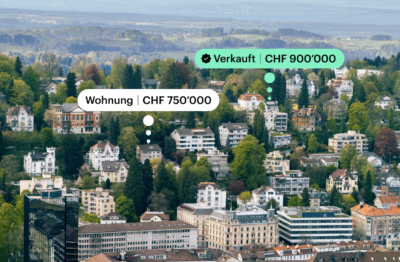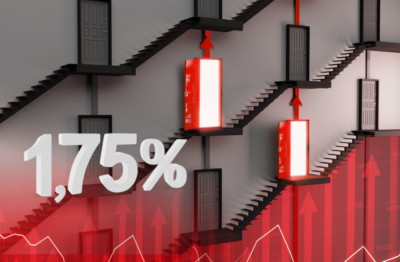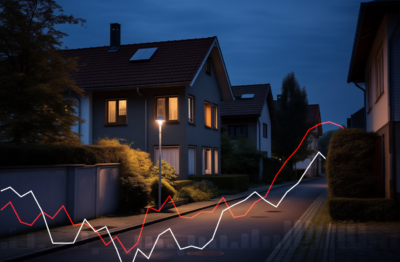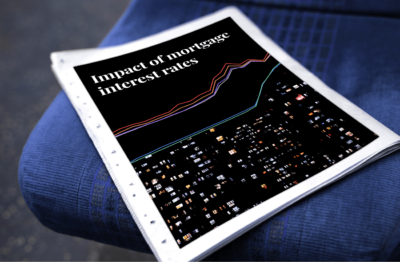NFT Real estate industry – High real estate prices are not only setting the tone on the analog market. The first NFT-traded virtual house also fetched a proud price. The hype surrounding NFT artworks is indicating a new investment trend: virtual real estate in “metaverses”.
Table of contents
ToggleThe property, which bears the name
“Mars House”
does not really exist, but can be explored via virtual reality and will also be experienced via augmented reality in the future. In addition to the proud selling price of 288 Ether, a cryptocurrency similar to Bitcoin, the sales process is a world first.
Canadian artist Krista Kim’s virtual house is the first digital house to be sold via a non-fungible token marketplace. The Mars House is attracting attention at a time when trading in digital assets is very much in vogue. Read the following article to find out what the hype surrounding NFTs means for the digitalization of the real estate industry.
The hype surrounding non-fungible tokens
At first glance, trading non-fungible tokens, or NFTs for short, seems useless and risky. NFTs are basically nothing more than information in a technical system. Virtual real estate is uninhabitable and digital art, such as Instagram posts or video clips, is freely accessible to the majority on the internet anyway.
Nevertheless, NFT took social media by storm in March of this year. This previously unknown term was already known among experts in the crypto scene and was buzzing around the feeds of many platform users. A prominent example of an NFT transaction is Jack Dorsey, co-founder and inventor of the microblogging platform Twitter. He made a name for himself with the auction of his first tweet from March 21, 2006 ( “just setting up my twttr” ), which he sold to a buyer for the highest bid of 2.9 million dollars.
Since then, numerous memes and video clips, from the less well-known to the very popular, have already changed hands in their digital form.
The fact that these digital assets are currently enjoying such great popularity is probably due to the hype surrounding cryptocurrency. The coronavirus pandemic has also served as a catalyst for the trend. On the one hand, artists are seeing their sales collapse and are looking for alternative income streams. On the other hand, a shift to the digital world has taken place due to the quarantine(s). The fear of a possible devaluation of money as a result of the pandemic is great, so NFTs and cryptocurrencies can be seen as a means of securing savings or increasing their value.
But what is a non-fungible token anyway?
A token is the digitalized form of an asset. A token has a certain value or a certain function. Almost any asset can be tokenized: digital works of art such as the Mars House or video clips as well as “real” possessions such as real estate. The rights and obligations of the asset are transferred to the token, making the ownership structure digital and tradable at the same time.
Tokens are divided into fungible (exchangeable), for example Bitcoin, and non-fungible (not exchangeable). Non-exchangeable tokens have a unique asset value that cannot be exchanged one-for-one for another. These tokens can be compared to art objects such as virtual real estate or the Mars House, which have an individual value. If you swap these tokens with each other, you generally do not receive the same value that you pass on with the swap.
Blockchain technology – the basis for NFTs
NFT transactions are based on blockchain, a decentralized database which, in simple terms, is made up of blocks of information that are strung together like links in a chain. Each block contains data, its own hash value and the hash value of the previous block. The hash value acts as a kind of electronic fingerprint and is used to identify the respective block. Since the hash value of the previous block is also included in each case, a chain is created, the so-called blockchain.
The special structure and the linking of the individual links through the hash value make the blockchain forgery-proof. Payments cannot be reversed or interrupted by the influence of third parties.
Investment in virtual real estate
Investing in virtual real estate or land is already a reality on various platforms. So the sale of Krista Kim’s virtual house is nothing entirely new. Platforms such as Decentraland and Cryptovoxels, to name two well-known examples, offer virtual properties for sale. The properties change hands for several thousand dollars – in Ether for one platform and in MANA for the other. In most cases, only vacant plots of land are bought and sold. Nevertheless, it is also possible to invest in buildings that later function as advertising space for virtual artists, for example. Via OpenSea, an NFT marketplace, a virtual art gallery and an adjacent building changed hands for the equivalent of USD 10,000.
The sales prices of the properties traded show that the market for virtual real estate is to be taken seriously. Properties are selected for purchase according to certain criteria. As with the purchase of a classic property, the location is also a decisive factor for a worthwhile investment in the metaverse
Experienced buyers pay attention, for example, to the frequency with which the property is used, the visibility of the building or the unique selling point of the property or the plot on offer.
Enthusiasts are already comparing the race for digital properties with the run on Internet addresses in the 1990s. Sebastian Borget, co-founder of “The Sandbox” (NFT marketplace), even describes the development of virtual environments as the birth of new states. The NFT-based economy will overtake the real economy within a decade. However, the optimistic hopes are also countered by the fears of skeptics. They have long warned of a speculative bubble in the NFT sector. Ben Nolan, the founder of the Cryptovoxels metaverse, comments that he expects a crypto winter. He expects the NFT boom to explode and valuations to collapse.
In addition to the fear of a speculative bubble, the technical processes behind the blockchain are also being critically scrutinized, as they consume an enormous amount of electricity. According to estimates by the University of Cambridge, Bitcoin consumes more electricity per year than the entire Netherlands. The analysis by British artist and technologist Memo Akten has shown that the average electricity consumption of 18,000 NFT artworks is 340 kWh. This corresponds to four percent of the average annual per capita electricity consumption in Switzerland. According to the files, an NFT would have a CO2 footprint of 211 kg, the same as a two-hour flight.
Although the Ethereum blockchain, on which most NFTs are based, is to be optimized in terms of energy consumption, each transaction still consumes huge amounts of electricity. The question of whether a few colorful pixels are worth the effort is therefore entirely justified.
Would you like to be kept up to date on these and similar developments on the Swiss property market? With our Properti newsletter you will receive regular news and free property knowledge conveniently in your mailbox!
All data are without guarantee. The information on these Internet pages has been carefully researched. Nevertheless, no liability can be assumed for the accuracy of the information provided.
